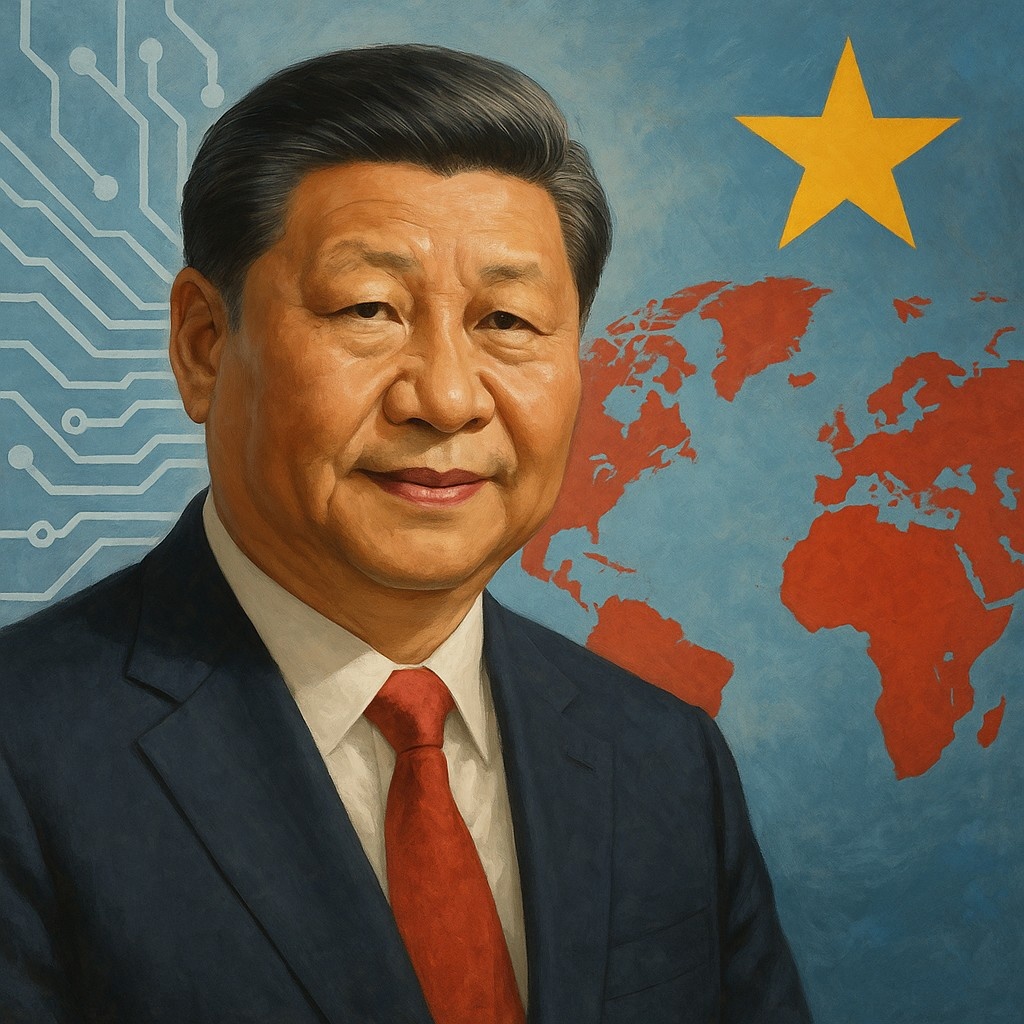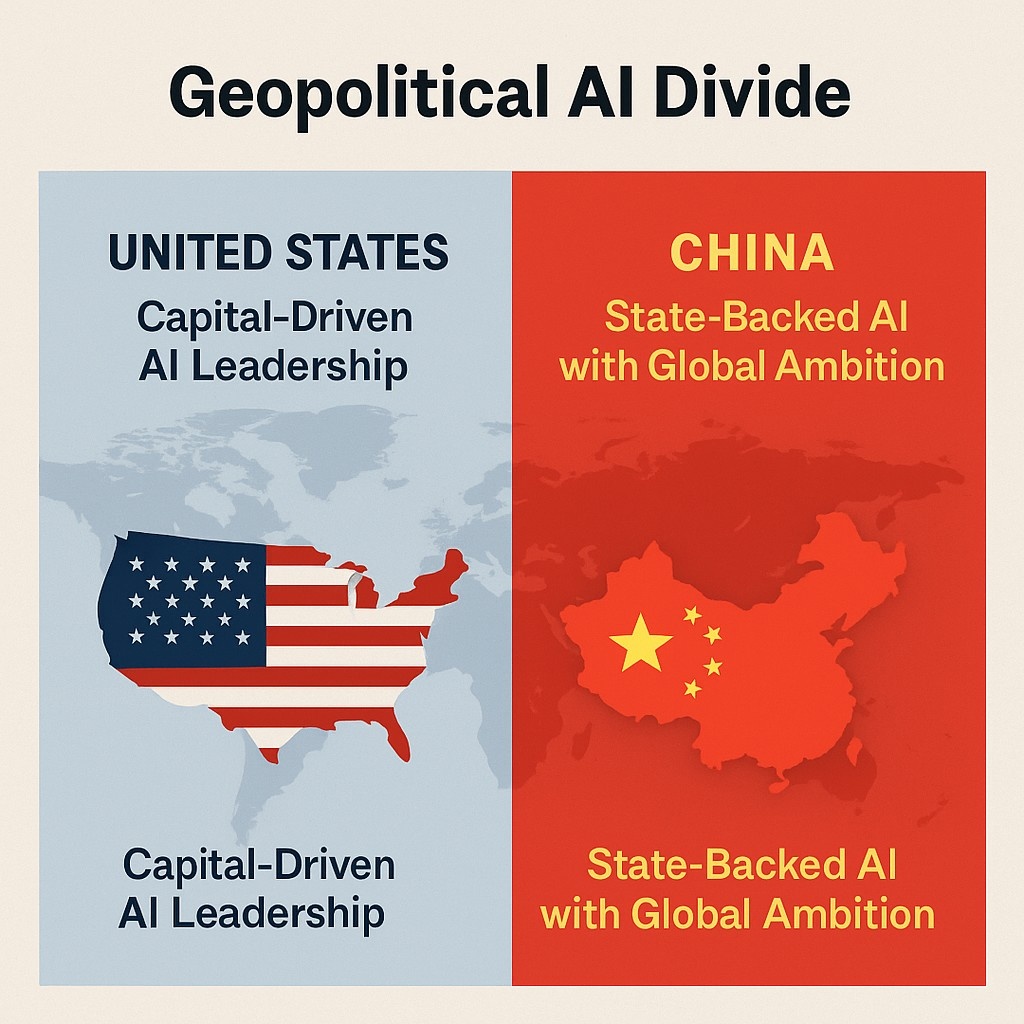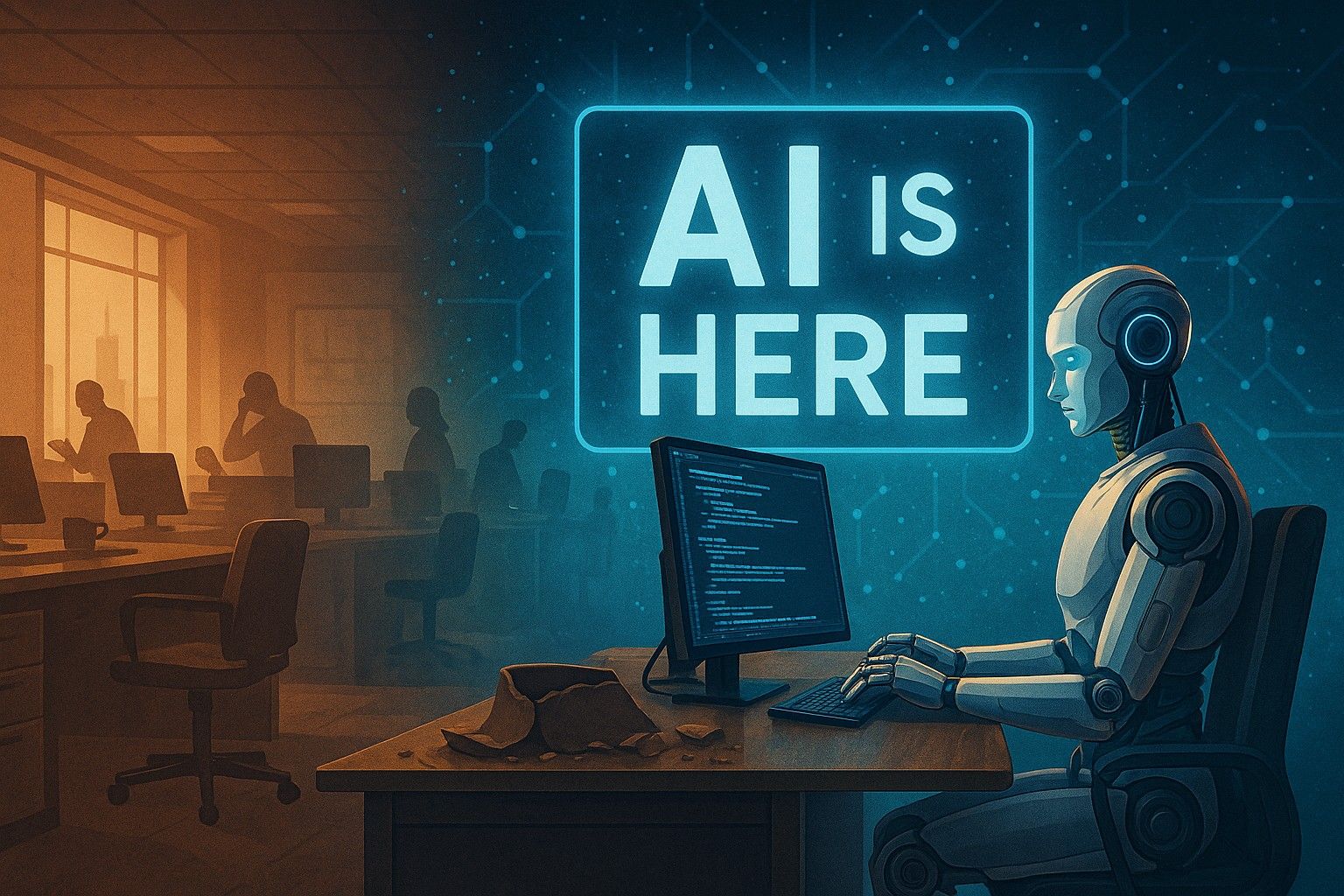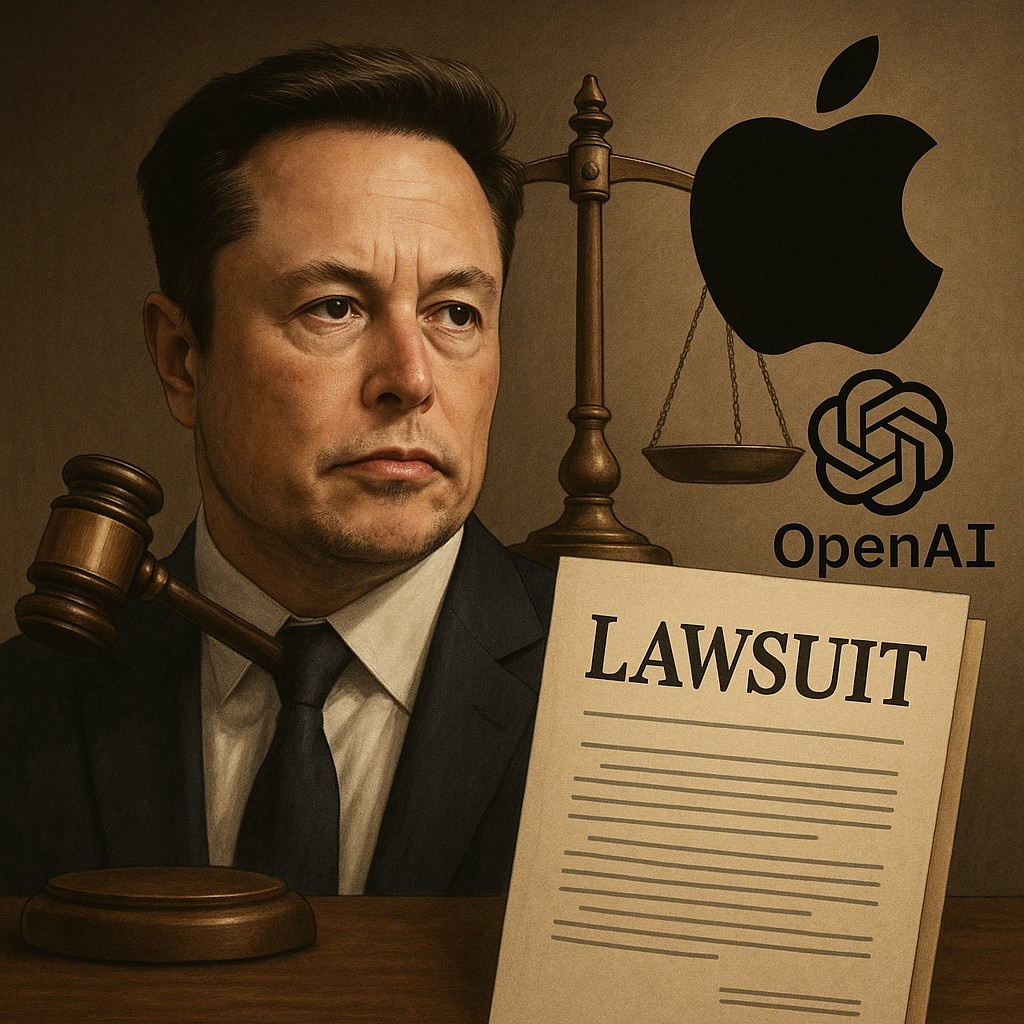President Xi’s AI Push: China Backs Artificial Intelligence and the Global South
On April 29, 2025, Chinese President Xi Jinping made one of his most significant tech-policy statements in recent years. While speaking in Shanghai, Xi outlined a bold vision: not only does China want to become a global leader in artificial intelligence, but it also wants to share that technological power with the Global South — the collective of developing countries across Asia, Africa, and Latin America.
Xi’s message was clear: China doesn’t want to lead alone — it wants to lead together with the rest of the world’s emerging economies.
This declaration isn’t just another diplomatic speech. It reflects a deliberate strategic move by Beijing: to boost China’s global image, build new technological alliances, and counterbalance U.S.-led tech power. And at the heart of this initiative lies AI — the transformative technology that is reshaping everything from medicine to military, education to energy.
A New Phase of China’s Tech Ambitions
Xi's speech wasn’t made at a random venue. He was in Shanghai, China’s leading financial and innovation hub, often considered the country’s version of Silicon Valley. The city is rapidly becoming the home of China’s most advanced research in artificial intelligence, chip design, robotics, and quantum computing.
While touring local AI labs and innovation centers, Xi made it clear that self-reliance in technology is no longer just an ambition — it’s a national priority.
“We must rely on our own strength to achieve breakthroughs in key areas,” Xi said, echoing a theme he has repeated since the early days of the U.S.–China tech conflict.
In recent years, China has faced increasing export restrictions on semiconductors, software, and critical AI chips from the United States and its allies. But rather than slow down, Beijing has doubled its investments in homegrown innovation — and Xi's 2025 speech shows this push is intensifying.
The ‘Whole-Nation System’ for AI Development
One of the terms Xi used during his speech has gained attention: the “whole-nation system.”
This phrase refers to China’s unique model of technological development, where the government orchestrates national-level coordination across academia, private companies, military labs, and government agencies to reach breakthrough goals.
Whether it’s developing AI supercomputers, autonomous weapons, or AI-assisted health systems, the model is designed to speed up progress by eliminating fragmentation and ensuring unified direction.
This top-down strategy may not appeal to everyone, but it’s undeniably effective in certain areas — particularly when long-term goals are involved.
With AI considered a national “strategic priority,” Xi is signaling that China’s approach will continue to be centralized, coordinated, and ambitious.
Championing the Global South: Tech Equity as Soft Power
Perhaps the most intriguing part of Xi’s message was not about China itself — but about China’s role in the world.
Xi emphasized that AI should not be a luxury for rich nations. He said artificial intelligence must be treated as a “global public good”, and more must be done to support emerging countries in gaining access to AI tools, education, and infrastructure.
This is where the Global South comes into play.
“China is ready to work with developing countries to promote inclusive, shared progress in artificial intelligence,” Xi said.
This move serves multiple purposes:
- It positions China as a tech leader with a moral edge, focused on inclusive development
- It builds strategic alliances with nations in Africa, Southeast Asia, Latin America, and the Middle East
- It directly counters narratives that only the U.S. and Europe should lead on AI governance and safety
In recent years, Chinese tech firms have been rapidly expanding into the Global South — building smart cities in Kenya, AI surveillance systems in Pakistan, and AI translation tools for underserved languages. Xi's statement shows this outreach is now a central pillar of foreign policy, not just business expansion.
Geopolitical Implications: The U.S. and China Diverge on AI Diplomacy
While the U.S. focuses on “responsible AI” frameworks, alignment with NATO, and restricting AI access to authoritarian regimes, China is framing its AI policy as a partnership offer to countries that feel left out of the global tech conversation.
This growing divide could shape two different AI worlds:
- One led by the West, emphasizing transparency, ethics, and open dialogue (but often limited to its own alliances)
- Another shaped by China, emphasizing accessibility, sovereignty, and “shared innovation” with the developing world
It’s a subtle but powerful form of soft power. And Xi Jinping is playing the long game.
Shanghai at the Center of China’s AI Universe
During his April 29 visit, Xi also spotlighted Shanghai’s pivotal role in the future of China’s AI development.
The city is already home to:
- National AI research institutes
- Advanced chip fabrication centers
- AI-powered logistics hubs
- Pilot zones for smart city infrastructure and autonomous transportation
In his speech, Xi urged local officials and scientists to turn Shanghai into a global AI leader, not just a national one. That includes boosting talent pipelines, encouraging startups, attracting international researchers, and ensuring that AI is integrated across industries.
He made a point to say that innovation must serve real people — with AI solving problems in healthcare, elder care, education, agriculture, and public safety.
This message resonates strongly with local governments across China, many of which are investing in AI to modernize public services and prepare for demographic shifts like an aging population.
What This Means for the World
Xi’s message signals several big things:
- China is not backing down from AI competition. In fact, it’s doubling down.
- The Global South is a new frontier in the AI race. China sees opportunity in empowering other nations — and building trust in the process.
- AI will become central to China’s diplomacy, not just its economy or military strategy.
- Western tech dominance will be challenged — not by brute force, but by long-term alliances and tech inclusion.
This also puts pressure on other global players. If countries like Brazil, South Africa, or Indonesia see more value in Chinese AI tools, the West will have to reconsider how it engages with the developing world — not just as aid recipients, but as innovation partners.
Challenges Ahead for China’s AI Expansion
Despite the bold promises, there are real challenges to overcome.
- Tech sanctions from the U.S. still limit China’s access to advanced AI chips and software frameworks
- Trust issues remain, especially around surveillance tech and privacy standards in China
- Language and cultural barriers make AI adoption uneven across the Global South
- AI safety concerns are rising globally, and China will need to prove its systems are reliable and ethically sound
But none of these hurdles seem to have slowed Beijing’s ambitions. If anything, they’ve accelerated the push for self-reliance and global partnerships.
Final Thoughts: A Global AI Strategy with Chinese Characteristics
Xi Jinping’s April 29 announcement wasn’t just a routine policy update. It was a strategic shift in tone and focus.
By combining technological power with a diplomatic mission, China is framing AI as a tool for both national progress and global influence.
While the U.S. continues to emphasize control, risk management, and ethical frameworks, China is betting that access, affordability, and development partnerships will win hearts and minds across the developing world.
Whether this vision plays out successfully remains to be seen — but one thing is certain:
The future of AI will not be shaped by one nation alone. And China intends to lead from both the lab and the podium.
















